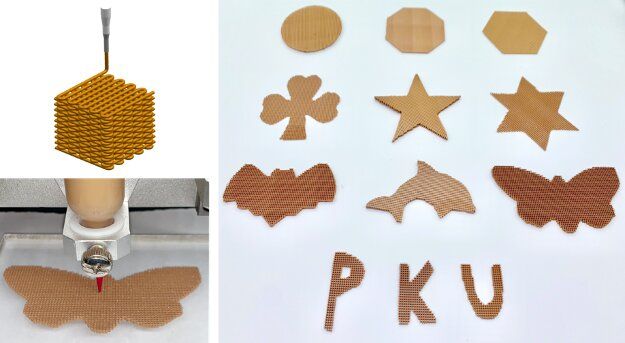Researchers at Peking University, Southern University of Science and Technology and the University of Jinan in China have recently designed a ceramic-polymer composite that can be used to print complex 3D grid architectures. This composite, first presented in a paper published in Nano Energy, was found to exhibit a number of desirable properties, including high flexibility and a high electromechanical energy conversion rate.
Piezoelectric ceramic materials, such as Pb(Zr, Ti)O3 (PZT) typically have remarkable electromechanical energy conversion capabilities. However, most of these materials are inherently rigid, which makes them far from ideal for the fabrication of flexible electronics.
“Normally, piezoelectric ceramics are brittle, therefore, they are not suitable for integration into flexible electronics directly,” Shuxiang Dong, one of the researchers who carried out the study, told TechXplore. “We wanted to develop a 3D-printed, soft piezoelectric ceramic composite material that is a heat-curable polymer exhibiting mechanical flexibility and a large electromechanical voltage in response to environmental mechanical vibrations or force stimuli. Luckily, we made it, and our composite has great potential to be used for future soft sensors.”
